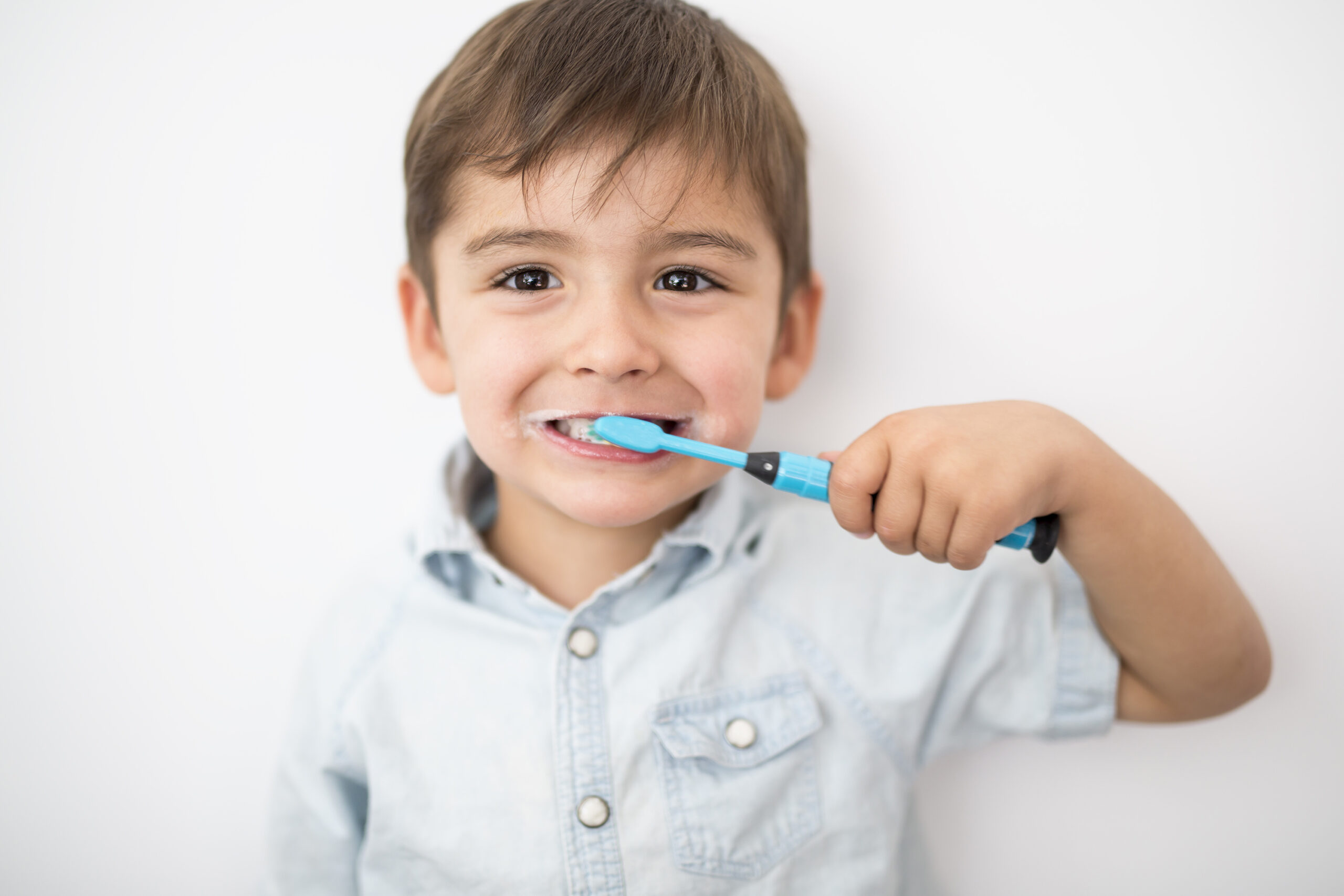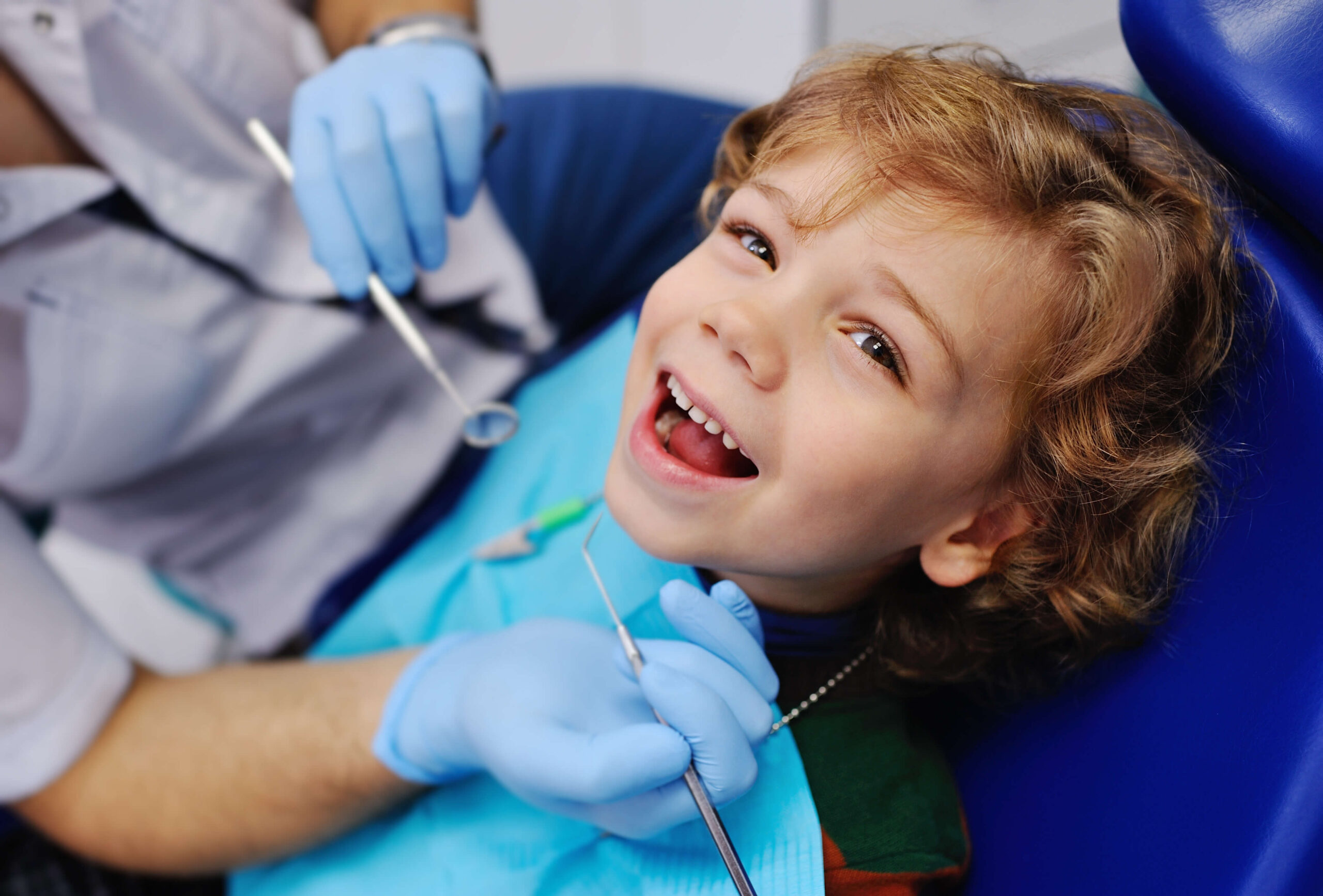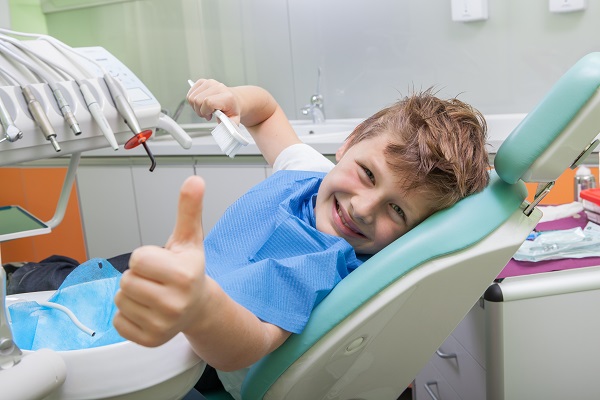The National Institute of Dental & Craniofacial Research estimates that US children will miss 52 million hours of school each year due to oral health problems and endure 12.5 million days of restricted activity every year from dental symptoms. According to the American Academy of Pediatric Dentistry Reference Manual, in 1996, students aged 5-17 years old missed an average of 3.1 days per 100 students due to acute dental problems. Because of the potential for significant loss in students’ academic participation, children’s oral health should be a priority for parents and educators, in addition to dentists. Parents and guardians are responsible for instilling good dental hygiene practices in children. Parents must introduce proper oral care early in a child’s life. A good oral hygiene plan for children includes:






